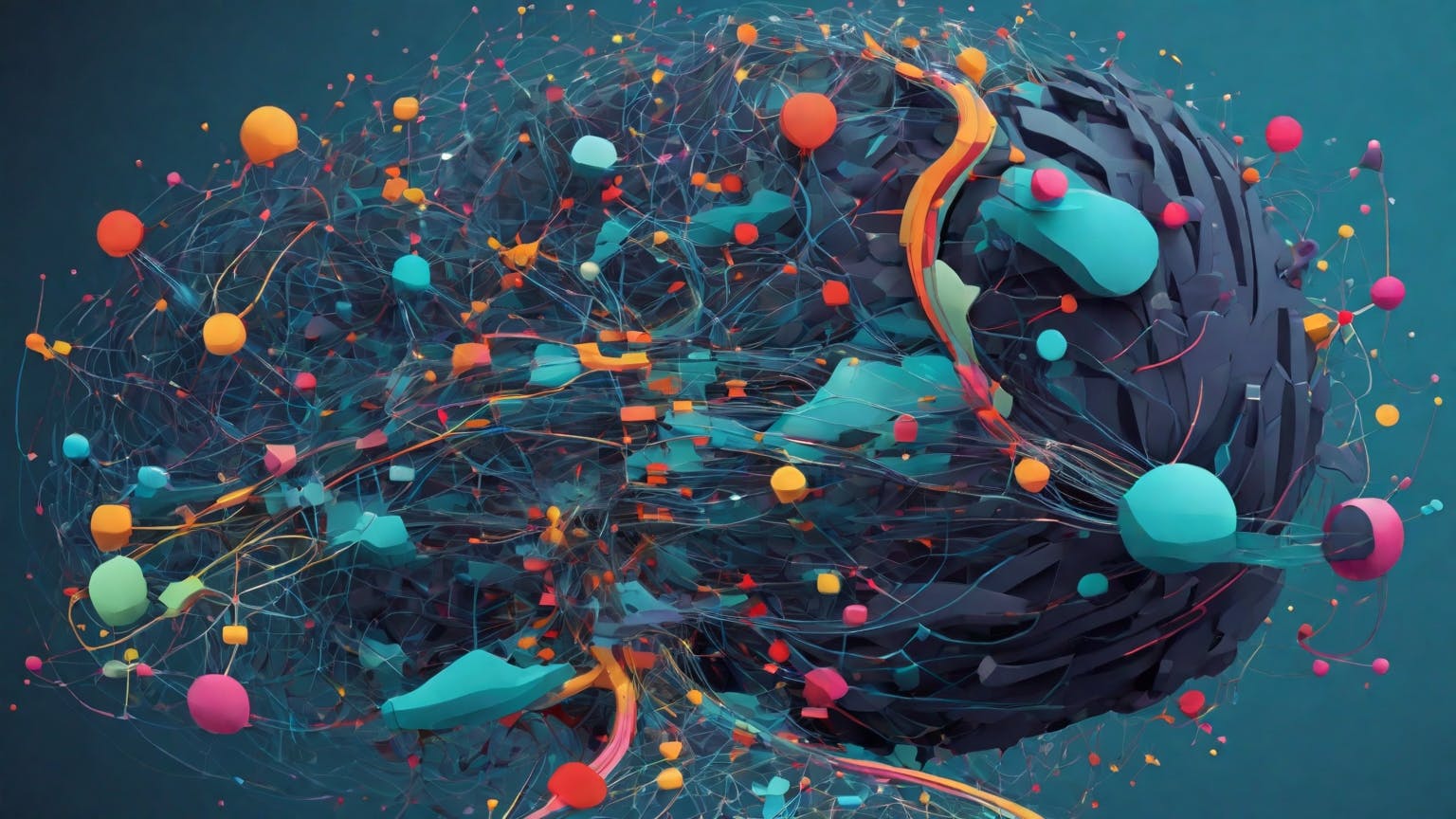In SDL2, SDL_Renderer and SDL_Surface are two different ways to render graphics, each with its own use cases and advantages.
SDL_Surface
An SDL_Surface is a pixel buffer that represents an image in memory. It contains the pixel data and format information. You can manipulate the pixels directly and perform software-based rendering using an SDL_Surface.
Here's an example of creating an SDL_Surface and filling it with a solid color:
SDL_Surface* surface{SDL_CreateRGBSurface(
0, width, height, 32, 0, 0, 0, 0)};
SDL_FillRect(surface, nullptr, SDL_MapRGB(
surface->format, 255, 0, 0));SDL_Renderer
An SDL_Renderer is a rendering context that provides hardware-accelerated 2D rendering. It abstracts the rendering process and allows you to draw primitives, textures, and perform transformations efficiently.
Here's an example of creating an SDL_Renderer and drawing a rectangle:
SDL_Renderer* renderer{SDL_CreateRenderer(
window, -1, 0)};
SDL_SetRenderDrawColor(renderer, 255, 0, 0, 255);
SDL_RenderClear(renderer);
SDL_Rect rect = {100, 100, 200, 150};
SDL_RenderFillRect(renderer, &rect);
SDL_RenderPresent(renderer);Differences and Use Cases
SDL_Surfaceis suitable for software rendering and direct pixel manipulation, whileSDL_Rendererprovides hardware-accelerated rendering.SDL_Surfaceis generally slower for rendering compared toSDL_Rendererbut offers more low-level control over pixels.SDL_Rendereris preferred for efficient rendering of complex graphics, such as textures, primitives, and transformations.SDL_Surfacecan be converted to a texture usingSDL_CreateTextureFromSurfacefor rendering with anSDL_Renderer.
In most cases, using SDL_Renderer is recommended for better performance and modern rendering techniques. However, SDL_Surface is still useful for specific tasks like pixel-level manipulations or software-based rendering algorithms.
Answers to questions are automatically generated and may not have been reviewed.
Building SDL2 from Source (GCC and Make)
This guide walks you through the process of compiling SDL2, SDL_image, and SDL_ttf libraries from source
